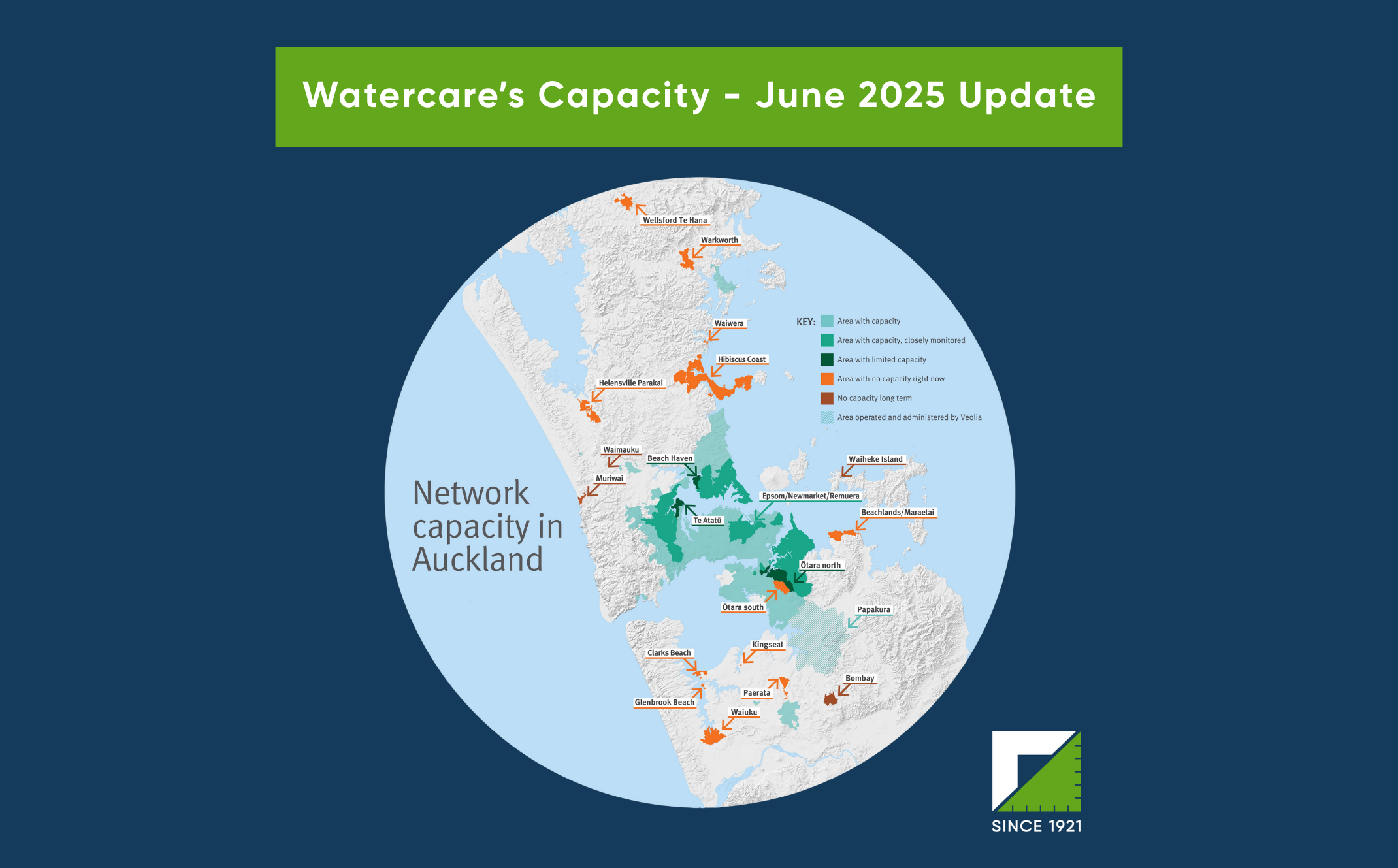The current government has delivered what can only be described as a “highlight reel” of sweeping RMA reforms. Since taking office in late 2023, the government has systematically dismantled the previous government’s policies while implementing its own comprehensive reform package targeting New Zealand’s housing crisis and planning system dysfunction.
The government’s “Going for Housing Growth” initiative represents the cornerstone of its housing strategy, involving three key pillars: freeing up land for development and removing planning barriers, improving infrastructure funding and financing, and providing incentives for communities and councils to support growth.
This article focuses on three interconnected reform areas that are relevant to a large percentage of our clients: the evolution of the Medium Density Residential Standards (MDRS), the negotiated agreements between Auckland Council and the government on Plan Change 78, and the development of a replacement plan change for Plan Change 78.
Medium Density Residential Standards Evolution
The MDRS were originally introduced as mandatory standards requiring councils in major urban areas to allow up to three dwellings of up to three storeys on residential sites without resource consent. The changes will now make these standards optional for councils, moving away from the previous government’s blanket approach. This change gives local authorities greater flexibility in determining appropriate housing density while still requiring them to zone land for 30 years’ worth of housing demand if they opt out.
Under the original MDRS framework implemented in August 2022, properties in Auckland’s residential zones could accommodate three homes of up to three storeys (11 metres plus 1 metre for pitched roofs), with 50% building coverage and specific requirements for landscaping, outdoor living space, and building setbacks. However, the severe flooding events and Cyclone Gabrielle of early 2023 highlighted the limitations of this blanket approach, particularly in areas prone to natural hazards.
Auckland Council and Government Negotiations on PC78
Plan Change 78, Auckland’s intensification plan change notified in August 2022, was designed to implement both the MDRS and the National Policy Statement on Urban Development (NPS-UD). The plan change proposed rezoning most residential properties to either Residential – Mixed Housing Urban or Residential – Terraced Housing and Apartment Buildings zones, enabling significantly increased density across Auckland’s urban areas.
However, several factors led to the plan change being put on hold. The 2023 flooding events demonstrated that some areas were unsuitable for intensification due to natural hazard risks. Additionally, the cancellation of Auckland’s light rail project by the new government required reconsideration of areas that had been excluded from PC78 pending light rail corridor decisions. The government’s decision to make MDRS optional also fundamentally altered the plan change’s legal framework.
The Resource Management (Consenting and Other System Changes) Amendment Act 2025, which received Royal Assent on 20 August 2025, provides Auckland Council with the ability to withdraw Plan Change 78 and replace it with a new plan change. Crucially, any replacement must enable housing capacity equal to or greater than that provided by Plan Change 78, and must include specific height requirements around City Rail Link stations—15 storeys around Mount Eden, Kingsland, and Morningside stations, and 10 storeys around Mount Albert and Baldwin Avenue stations.
The Draft Replacement Plan Change
Auckland Council has developed a comprehensive draft replacement plan change that represents a fundamental shift from the blanket MDRS approach to a more targeted, infrastructure-led intensification strategy. The draft plan, considered by the Policy and Planning Committee on 21 August 2025, proposes to dramatically increase Auckland’s housing capacity from approximately 900,000 homes under the current Auckland Unitary Plan to up to 2 million homes.
Key features of the draft replacement include stronger hazard protections through “non-complying” activity status for development in high-risk areas, tighter risk assessments, downzoning of the worst-affected flood-prone areas to single house zones, and updated hazard mapping. The plan focuses intensification in well-connected locations, allowing 15-storey buildings within 10 minutes’ walk of 21 large town centres and stations, 10-storey buildings near 23 medium-sized centres, and six-storey buildings along major bus routes extending 200 metres on either side.
The draft also proposes removing areas from Special Character Area Overlays and introducing more appropriate controls for three-storey Residential – Mixed Housing Urban zones to improve sunlight access, landscaping, and privacy.
In what was the only realistic option, the Policy and Planning Committee agreed to release the draft changes to go to the council’s local boards, and mana whenua for their feedback.
Timeline and Decision Points
The consultation process is now underway, with Auckland Council conducting engagement with iwi authorities, government ministries, and local boards during late August and early September 2025. The Policy and Planning Committee will consider this feedback and make a final decision on whether to withdraw Plan Change 78 and proceed with the replacement plan change at their meeting at the end of September 2025. If approved, the council must publicly notify the replacement plan change by 10 October 2025, creating a tight timeline for this significant planning reform.
Closing Thoughts
This interconnected suite of reforms represents perhaps the most significant transformation of New Zealand’s planning and housing framework in decades, embodying the government’s broader commitment to reducing regulatory barriers while maintaining environmental protections and community safety. The success of these reforms will largely determine whether the government’s “highlight reel” translates into tangible improvements in housing affordability and urban development outcomes for New Zealanders.






